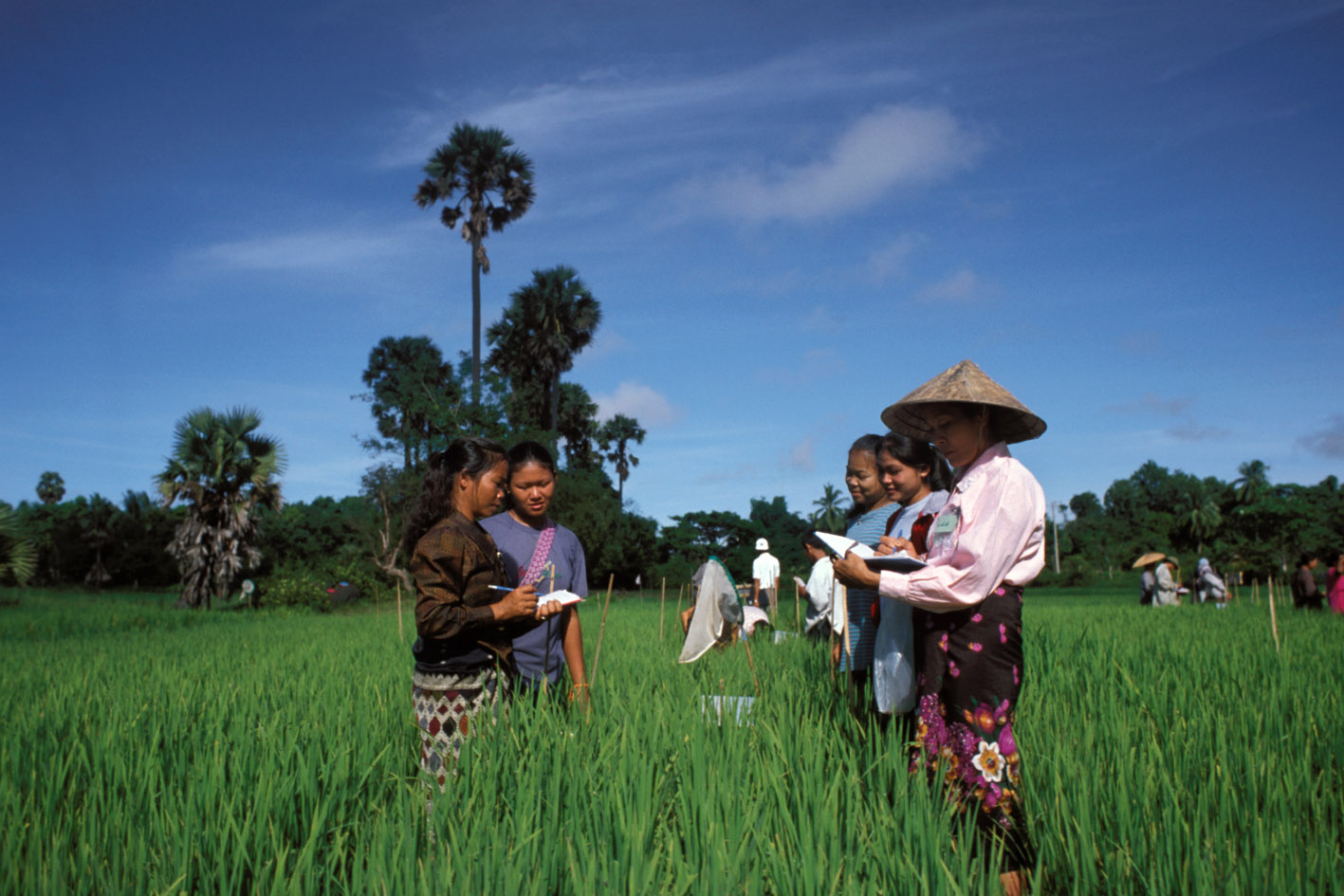Conservation Agriculture 2009-2011
Malawi, 2009 - 2011
Get MicrodataIdentification
MWI_2009-2011_CA_v01_EN_M_v01_A_OCS
Conservation Agriculture 2009-2011
| Name | Country code |
|---|---|
| Malawi | MWI |
Agricultural Survey [ag/oth]
The randomized control trial impact evaluation tests different strategies for communicating information about agricultural technologies to smallholder maize farmers in 8 districts in Malawi. The objective is to provide information to the Ministry of Agriculture and Food Security as to how best to use its limited resources to increase rates of adoption of new technologies. There are four primary dimensions to the evaluation: agricultural technologies, communication methods, incentives and gender.
Sample survey data [ssd]
Households
Scope
| Topic | Vocabulary |
|---|---|
| Agricultural, forestry and rural industry | CESSDA |
| Agriculture & Rural Development | World Bank |
Coverage
Regional Coverage
Producers and sponsors
| Name | Affiliation |
|---|---|
| Ariel BenYishay | University of New South Wales |
| A. Mushfiq Mobarak | Yale University |
| Name |
|---|
| Millennium Challenge Corporation |
| World Bank Gender and Agriculture Program |
| Yale Center for Businesss and Environment |
| The Macmillan Center at Yale University |
| World Bank Development Impact Evaluation Initiative |
Sampling
District Selection:
Out of the 12 districts scheduled to be included in the ADP-SP in 2009-10, 8 were chosen as evaluation sites. Four are dry districts where pit planting is relevant: Balaka, Chikwawa, Neno, and Rumphi. Composting was promoted in the other four districts: Dedza, Mchinji, Mzimba, and Zomba. Together, these districts cover the major agro-ecological zones of Malawi and are spread through the South, Central, and Northern regions. District selection was not random; rather, it was based on the schedule for ADP-SP and the relevance of the technologies we are interested in.
Selection of Sections and Villages:
From a list of all the sections in the 8 districts staffed by an extension worker, 60 sections were randomly selected from the 4 districts assigned to conservation farming, and 60 sections from the 4 districts assigned to nutrient management. Because there are more districts staffed by AEDOs in the districts assigned to nutrient management, the probabilities of selection are not equal. For the CF districts, we chose 60 out of 176 possible districts. For the NM districts, 60 were chosen out of a possible 281. For each of the 120 selected treatment sections, one village was randomly selected from a list of all villages provided by DAES will provide a list of all the villages in the selected sections. The selection of the villages was weighted by the number of farm families per village.
Randomized Assignment of Evaluation Components:
To evaluate each of the four components of the project, certain subsets of the village were randomly selected for each component. Thus, there are four overlapping dimensions:
- Incentives: To address selection bias, sections were allocated to various treatment groups randomly. Of the 120 sections, 60 were randomly assigned to an "incentive" condition. Those selected for the incentive will be offered (but will not necessarily receive) a performance-based incentive.
- Communication Strategies: Next, the type of communication strategy for the section was randomly assigned. 25 are randomly assigned to "extension worker" (AEDO) status, 50 to Lead Farmer (LF) status, and the final 45 to "Peer Farmer" (PF) status. Note that while extension workers continued to be used in all areas (in some cases communicating directly to farmers and in others communicating through peer or lead farmers), the evaluation focused on different communicators (AEDO or LF or PF) in different areas.
- Gender: For the 50 LF villages, the gender of the lead farmer was randomly assigned. 25 LF villages were assigned to male lead farmers (LF-M), and 25 others were assigned to female lead farmers (LF-F). Out of the 45 PF villages, 22 were randomly assigned to have majority men among the set of peer farmers (PF-M), and the other 23 were randomly assigned to have majority women (PF-F). In other words, we encouraged these villages to choose more peer farmers from the assigned gender rather than the other gender.
Data collection
| Start | End | Cycle |
|---|---|---|
| 2009 | 2010 | Baseline |
| 2010 | 2010 | Midline |
| 2010 | 2011 | Endline |
Data Access
This analysis uses publicly accessible data funded by the Millennium Challenge Corporation for the independent evaluation of Agriculture Development Program Support Project by Ariel BenYishay and A. Mushfiq Mobarak (evaluators) and Innovation for Poverty Action (data collection).
Contacts
| Name | Affiliation | |
|---|---|---|
| Monitoring & Evaluation Division | Millennium Challenge Corporation | [email protected] |
Metadata production
DDI_MWI_2009-2011_CA_v01_EN_M_v01_A_OCS_FAO
| Name | Affiliation | Role |
|---|---|---|
| Office of the Chief Statistician | Food and Agriculture Organization | Metadata adapted for FAM |
| Millennium Challenge Corporation | Documentation of the study |
Metadata version
MWI_2009-2011_CA_v01_EN_M_v01_A_OCS_v01
All districts participating must meet the following criteria: (i) Front line extension staff positions are filled, or acceptable partnerships/outsourcing arrangements are in place; (ii) A Director of Finance is employed by the District Assembly; and (iii) An environmental officer employed in the District Assembly structure or a crop protection officer or land resources officer will be available in the district with a mandate to review the environmental implications o f project work plans. If a district fails to meet any one o f these criteria, it will not participate in the programme. Endeavours will be made to assure that all districts in the country meet these criteria during the period of project implementation.
Within the selected districts, a random selection of farmers in every village will be surveyed and monitored.
